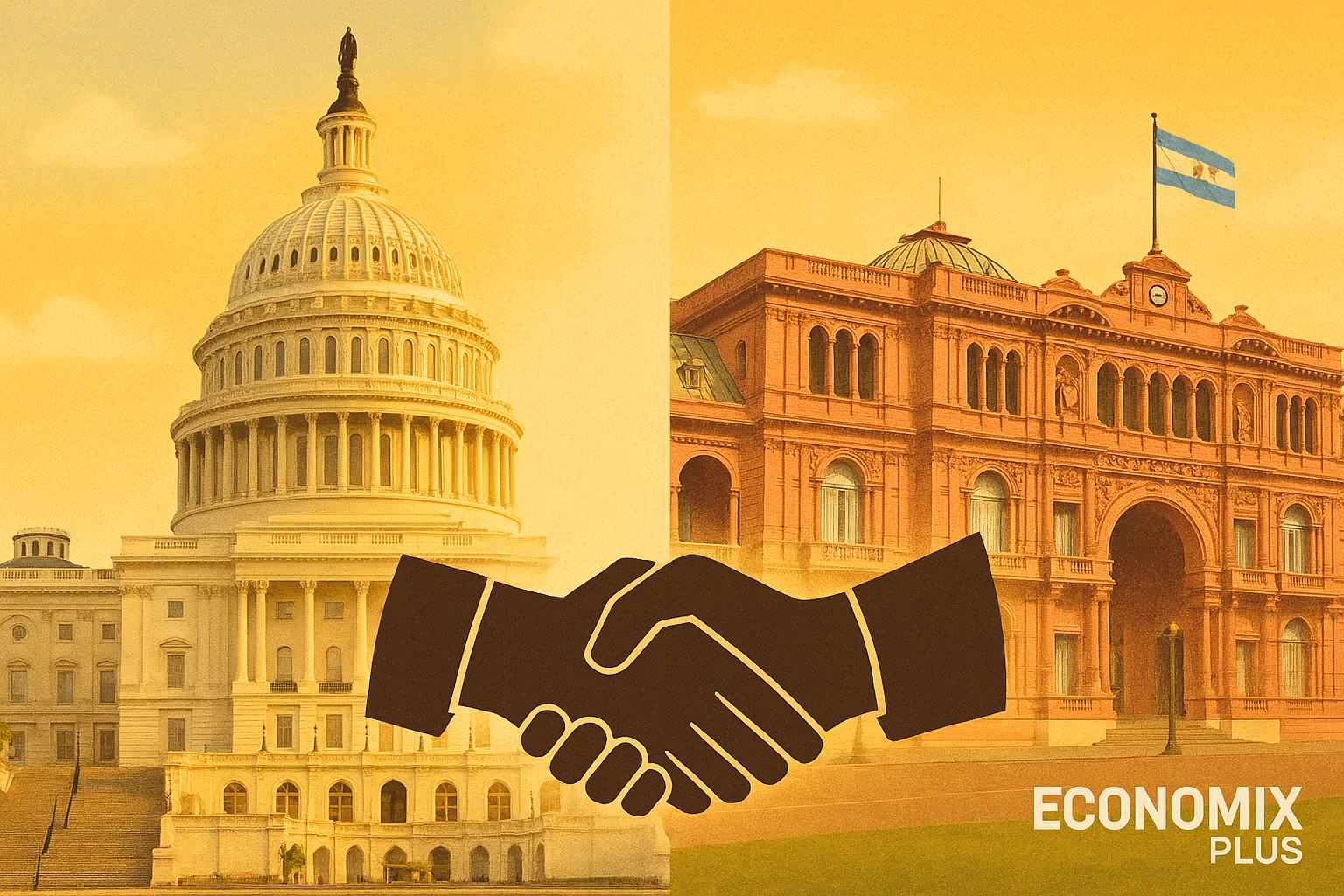With global markets losing trillions after tariff announcements, the stakes for economic stability have never been higher. The Trump administration turned to a seasoned financial strategist to help mitigate the crisis. His background includes high-stakes trades and navigating volatile markets, making him a key player in shaping policy.
The 90-day tariff pause for 75 nations, excluding China, offered temporary relief. Markets reacted positively, with the S&P 500 surging nearly 10%. Yet, deeper challenges loom—rising national debt, trade wars, and recession risks demand bold solutions.
Could his Wall Street expertise translate into effective policy? This article explores his strategy, political hurdles, and whether his approach can stabilize the economy in uncertain times.
Key Takeaways
- A financial expert played a crucial role in moderating tariff policies during economic instability.
- Markets rebounded after a strategic 90-day pause in tariffs for multiple countries.
- National debt and trade tensions remain critical challenges.
- His Wall Street experience includes high-profile successes in volatile markets.
- The article examines his economic strategy and political navigation.
From Soros Fund to Treasury Secretary: Scott Bessent’s Wall Street Pedigree
Few financial strategists have navigated both high-stakes trading and political corridors as effectively as this Wall Street veteran. His career blends currency market dominance with unexpected political alliances, shaping his approach to economic policy.
The “Quiet Killer” of Black Wednesday: A Hedge Fund Legacy
In 1992, the Soros Fund capitalized on Britain’s currency crisis, netting $1.5 billion as the pound collapsed. Dubbed the “quiet killer” for his calculated trades, he exploited market gaps with surgical precision.

- Shorted sterling as UK interest rates soared
- Leveraged Soros’ $10B war chest for maximum impact
- Exited before regulators could intervene
“Currency markets reward those who spot fragility before it’s obvious.”
Bridging Finance and Government: A Political Evolution
His path from George Soros’ protégé to Trump’s Treasury pick surprised many. The shift began in 2000, when he donated to Al Gore’s campaign before later advising Republicans.
| Phase | Key Move | Impact |
|---|---|---|
| 1990s | Soros Fund trader | Built crisis-response reputation |
| 2015 | Founded Key Square Group | Applied hedge fund tactics globally |
| 2025 | Treasury confirmation (68–29 vote) | Bipartisan support despite polarizing ties |
His government role marked milestones: the second openly gay Cabinet member and a rare Wall Street-to-Washington transition. South Carolina connections helped secure GOP backing, while London’s financial networks bolstered his global credibility.
Scott Bessent’s Influence on Trump’s Trade and Tariff Policies
Behind closed doors, a heated debate reshaped America’s tariff strategy. After a 9.5% market drop, an urgent Air Force One meeting led to a pivotal 90-day pause on tariffs for 75 nations. China faced a starker 125% rate, signaling a tiered approach to trade tensions.

The 90-Day Pivot: Moderating Tariff Aggression
The “bespoke deals” strategy emerged as a compromise. Key allies like South Korea and Japan secured 10% rates, while Vietnam’s talks began April 7. Corporate pressure from CEOs like Jamie Dimon forced quicker action.
- Oval Office reversal: Timeline shows 48 hours from market crash to policy shift.
- Navarro vs. Bessent: Protectionism clashed with negotiated flexibility.
- Market stabilization: S&P 500 rebounded 6% post-announcement.
Negotiating Bespoke Deals with 75 Countries
Commonwealth nations and Asian partners were prioritized. Australia and the UK gained concessions, while India’s tech sector won exemptions. The administration aimed to prevent a recession through tailored agreements.
“Uniform tariffs punish allies. Custom deals build trust.”
Banking deregulation added another layer, potentially saving $30–70B. Insider trading concerns arose after a Trump tweet, but the strategy held. The 90-day pause bought time—but long-term solutions remain uncertain.
Tackling America’s $36 Trillion Debt: Bessent’s Austerity Push
The $36 trillion national debt looms as the next battleground for economic policy in the United States. With debt at 120% of GDP, which places immense pressure on future fiscal stability, the Treasury Secretary proposes aggressive cuts and structural reforms aimed at reversing this troubling trend.
Bessent said the goal: reduce the deficit to 3% of GDP by 2028, ensuring that taxpayers and business interests are considered in this critical time. This ambitious plan is not only about numbers; it reflects a broader strategy to restore confidence in the U.S. economy and promote sustainable growth. By implementing these measures, the administration hopes to lay a foundation for long-term fiscal responsibility and economic resilience.

Slashing “Government Bloat” and Deregulating Finance
Targeting government waste, the plan identifies $70 billion in annual savings. Redundant agencies, overlapping contractors, and outdated regulations top the list. Banking deregulation, including Basel rule changes, aims to ease burdens on community banks.
IRS modernization through AI and whistleblower programs could recover billions. Contrasting Biden-era stimulus, this approach prioritizes austerity over spending.
| Initiative | Projected Savings | Timeline |
|---|---|---|
| Agency consolidation | $22B/year | 2025–2027 |
| Banking reforms | $15B/year | 2024–2026 |
| IRS tech upgrades | $8B/year | 2025 onward |
The Sovereign Wealth Fund Proposal
A new sovereign wealth fund would replace traditional Treasury investments. Modeled after Norway’s approach, it aims to generate long-term returns. Baby bonds—a wealth distribution tool—could complement the fund.
“Austerity alone won’t fix debt. Growth requires smart investment.”
Critics warn EU-style deficit limits risk recession. Yet, proponents argue the economy needs bold restructuring. The debate hinges on balancing cuts with strategic spending.
The Global Economic Tightrope: Recession Risks and Trade Wars
Global markets teeter on the edge as trade wars intensify and recession fears grow. Goldman Sachs warns of a 45% chance of economic downturn, while CEOs and policymakers scramble to stabilize the markets.
China’s 125% Tariff and the Fragile Market Rally
A typo in tariff announcements—listing 145% instead of 125%—triggered a $1.2 trillion market plunge. The error exposed how sensitive markets are to China’s tariff policies. This incident underscores the precarious nature of investor confidence, as even minor miscommunications can lead to significant financial repercussions.
Analysts noted that the markets reacted sharply, reflecting underlying fears about trade stability and the potential for escalating tensions. Such volatility illustrates the broader implications of tariff strategies on global economic health, as investors closely monitor every development in trade negotiations.

Retaliatory measures from Beijing could escalate the trade war. The EU weighs similar actions, risking a domino effect. Manufacturing reshoring offers a partial solution, but progress is slow.
CEOs vs. Tariffs: Bessent’s Message to “Trust the Process”
Jamie Dimon and Elon Musk led a coalition of CEOs demanding tariff rollbacks. Behind closed doors, they threatened capital flight if policies didn’t change.
- Private-sector leverage: “Releveraging” strategies aim to boost business investment.
- Energy deregulation: Targets include faster permits for oil and gas projects.
- Fed tensions: Jerome Powell’s rate hikes clash with Treasury’s growth goals.
“Markets hate uncertainty. We need clear, long-term deals.”
The Trump administration urges patience, but the 90-day period for negotiations is shrinking. For now, “trust the process” remains the mantra—even as people brace for turbulence.
Conclusion: Can Bessent Steady the Ship—Or Is Chaos Inevitable?
The clock is ticking on crucial policy decisions that could reshape the economy. With the 90-day tariff pause underway, comparisons to the 1992 sterling crisis loom. Past successes in volatile markets may not guarantee smooth sailing now.
The administration’s dual focus—trade deals and a sovereign wealth fund—faces political headwinds. Bipartisan backing for austerity exists, but implementation risks delays. CEOs cautiously endorse bespoke agreements, though timelines remain tight.
Stabilization is possible, but the path is fragile. Election cycles and global tensions could spark chaos. The next moves will test whether crisis-tested strategies can endure modern pressures.
FAQ
▶
▶
▶
▶
▶
▶














